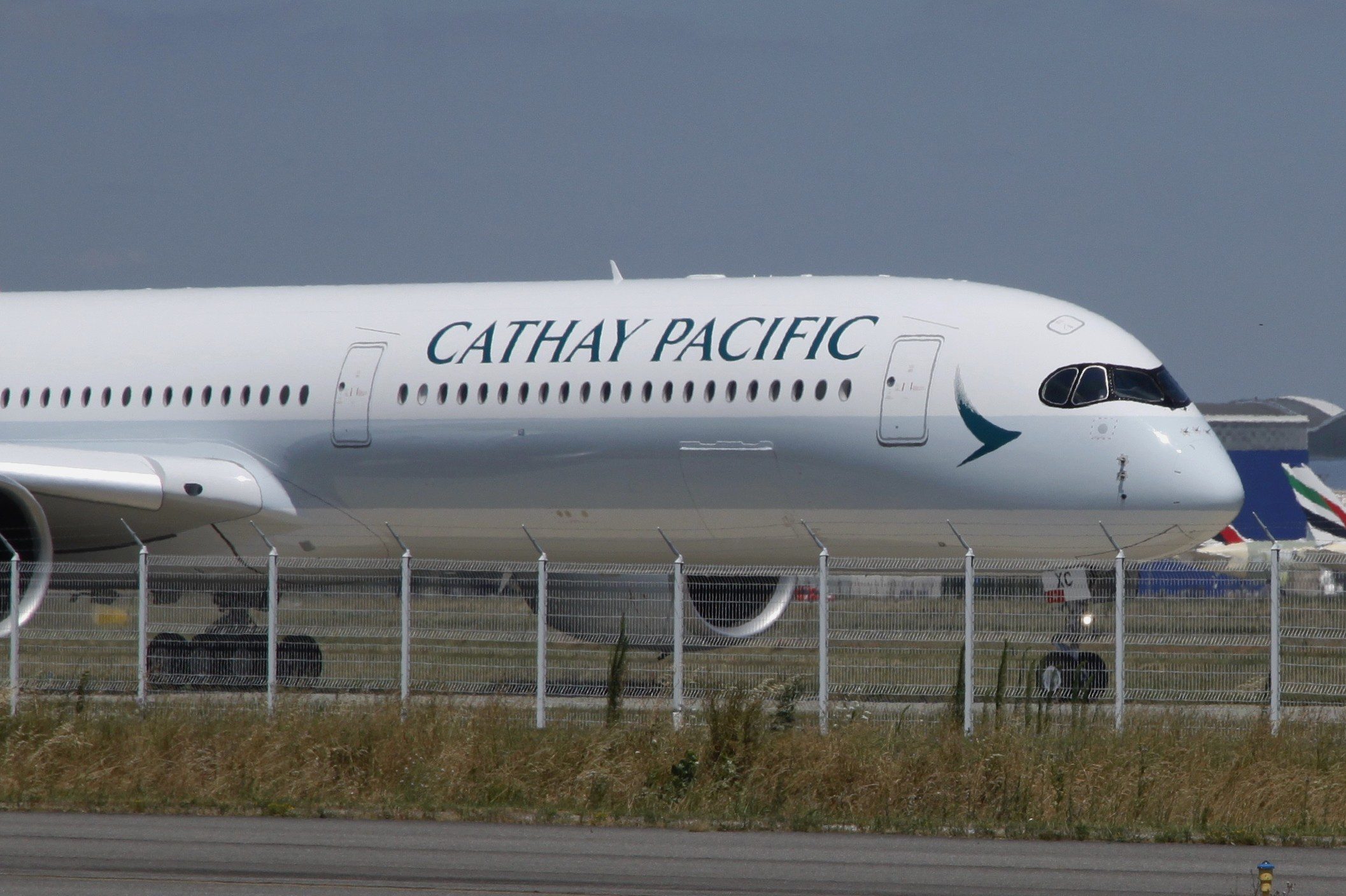
MG 3804
Cathay Pacific and Cathay Dragon significantly improved their HY1-results compared to last year, the Hong Kong-based airlines announced on August 7. Combined profit for the first six months of 2019 was HK$615 million, compared to -904 million last year. Group profits soared to HK$1.347 billion versus -263 million.
Passengers carried were +4.4 percent to 18.2 million and pax revenues +5.6 percent to HK$37.449 billion, reflecting the effects of the introduction of a raft of new routes in 2018 and this year. The entry into service of the Airbus A350-900 and -1000 on various routes to Europe translated into a 10.7 percent increase in capacity to 16.767 million Available Seat Kilometres, way over the average increase of capacity of 6.7 percent. ASK to the Americas was up 10.3 percent. Asia, Middle East, and Africa also saw additional capacity at 7.9 percent. The overall load factor stayed flat at 84.2 percent.
Traffic to Europe grew in line with added capacity. Cathay increased flights to Frankfurt to ten a week while at the same time expanding its codeshare with Lufthansa on three more LH-routes into Europe. Demand to the US fell short. It offers a daily service to Seattle since July.
Demand in Asia (Taiwan and China) was strong and to Southeast Asia robust despite pressure on yields. Cathay increased flights to India to fill the void left by Indian airlines, Jet Airways after its demise.
Cathay’s cargo business reflected the worldwide pressure on yields caused by the US-China trade conflict. Group cargo revenues were -11.4 percent to HK$11.498 billion, but thanks to more belly cargo flown cargo was actually 1.1 percent higher. The Lufthansa agreement also covers cargo and has given Cathay entrance to new destinations in Europe since April.
Cathay improved its productivity and efficiency resulting in 2.5 percent lower costs at HK$51.073 billion. While many airlines have blamed lower results in HY1 on higher fuel costs Cathay actually decreased fuel costs by 4.5 percent to HK$674 million or even by 7.7 percent/HK$1.123 billion taking hedging into account. Savings on fuel also reflect the introduction of new-generation aircraft.
No guidance for uncertain 2019
Chairman John Slosar didn’t give exact guidance for the full year, especially with many uncertainties to be factored in. These include not only the deepening trade conflict that has markets seeing red for the last couple of days but also various geopolitical tensions in Asia. And there is trouble at home with protests in Hong Kong severely testing the attractiveness of the city-state with tourists and businesses. Forward bookings to HK are definitely lower, Slosar said, expressing his firm support for Hong Kong as its home base.
At the same time, he expects HY2 to continue to be a strong period for Cathay as it has usually been. Cathay Pacific has continued to ramp-up services to Europe, adding frequencies to Madrid, and Paris in Q3/Q4 while Cathay Dragon targets additional services into China (Nanning and Chongqing) and Japan (Niigata and Tokushima).
Cathay Pacific’s fleet will grow by four more extra this year (2 A350-900s and 2 Boeing 777-300ERs) and six in 2020 (4 A350-900s, 3 -1000s). 2021 will see the arrival of 5 more A350-1000s plus the first Boeing 777-9s. The fleet plan shows 21 but this depends on how General Electric and Boeing solve the GE9X-issues and how flight testing will evolve, with the first flight of the 777-9 delayed until 2020. Slosar isn’t too concerned about the delays.
Cathay Dragon will get 9 Airbus A3210neo’s next year another 23 in 2021.
The July-acquisition of Hong Kong Express for HK$4.93 billion will become visible in Cathay’s HY2-results.
Views: 0



